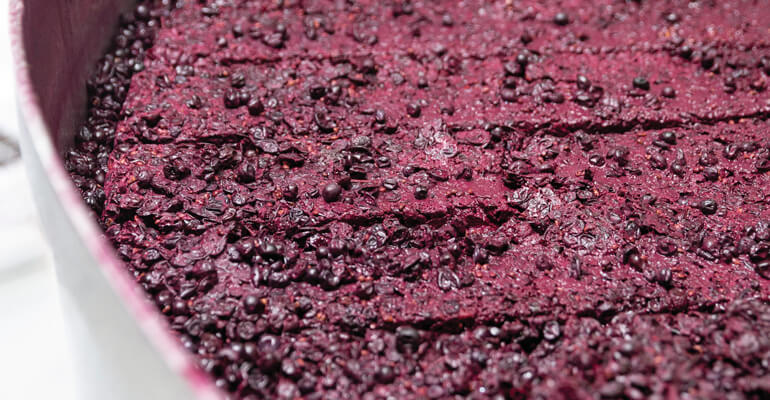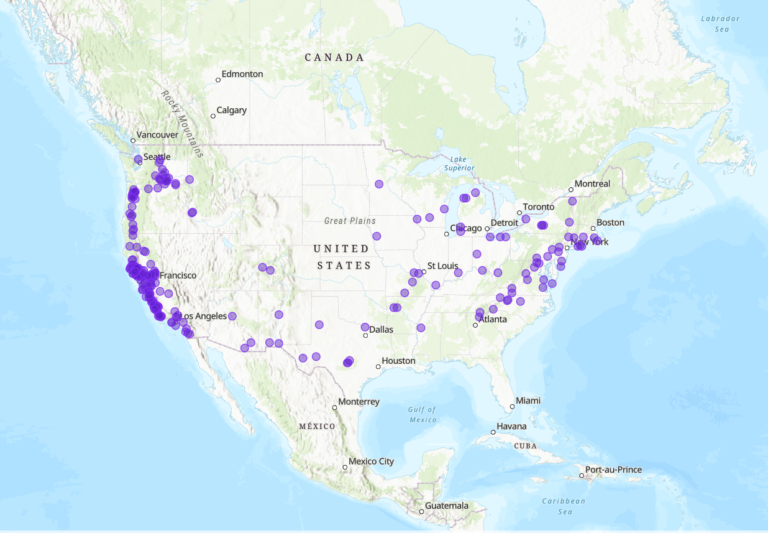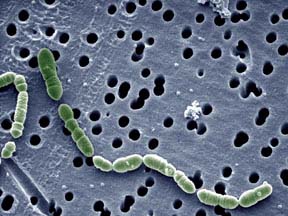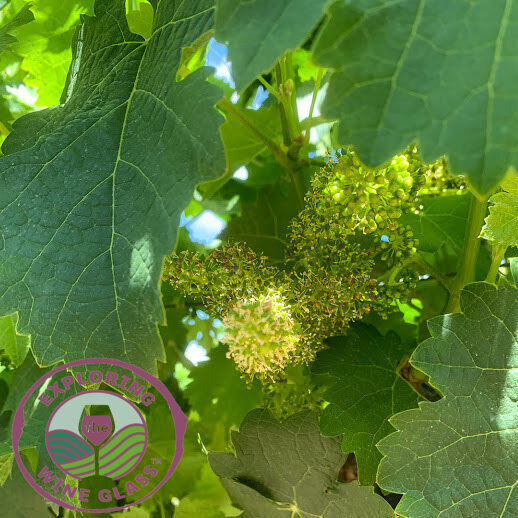Today’s post is talking about a very important aspect of the winemaking process – must.
In order to get to the must, we should back up a bit and go to the vineyard. As the season progresses, chemical changes are occurring and outside of the berries. Outside, the grapes go through a color change. (yes, even white grapes go through veraison.) Internally, we are looking at sugar levels, acid levels and their proportion to each other. Phenolics are extremely important as well as tannin and flavonoid levels in the decision making process of when to harvest. When the winemaker decides it is the ideal time, they will harvest the fruit.
Once the fruit arrives a the vineyard, processing occurs immediately. It is important to not let the temperatures rise too high, prior to and during processing as we do not want fermentation to start before we are ready. Processing is different between red wines and white wines and there are options open to the winemaker to how they want to deal with the fruit in order to get the desired results in the finished product. (whole cluster, carbonic maceration, de-stemming are some examples)
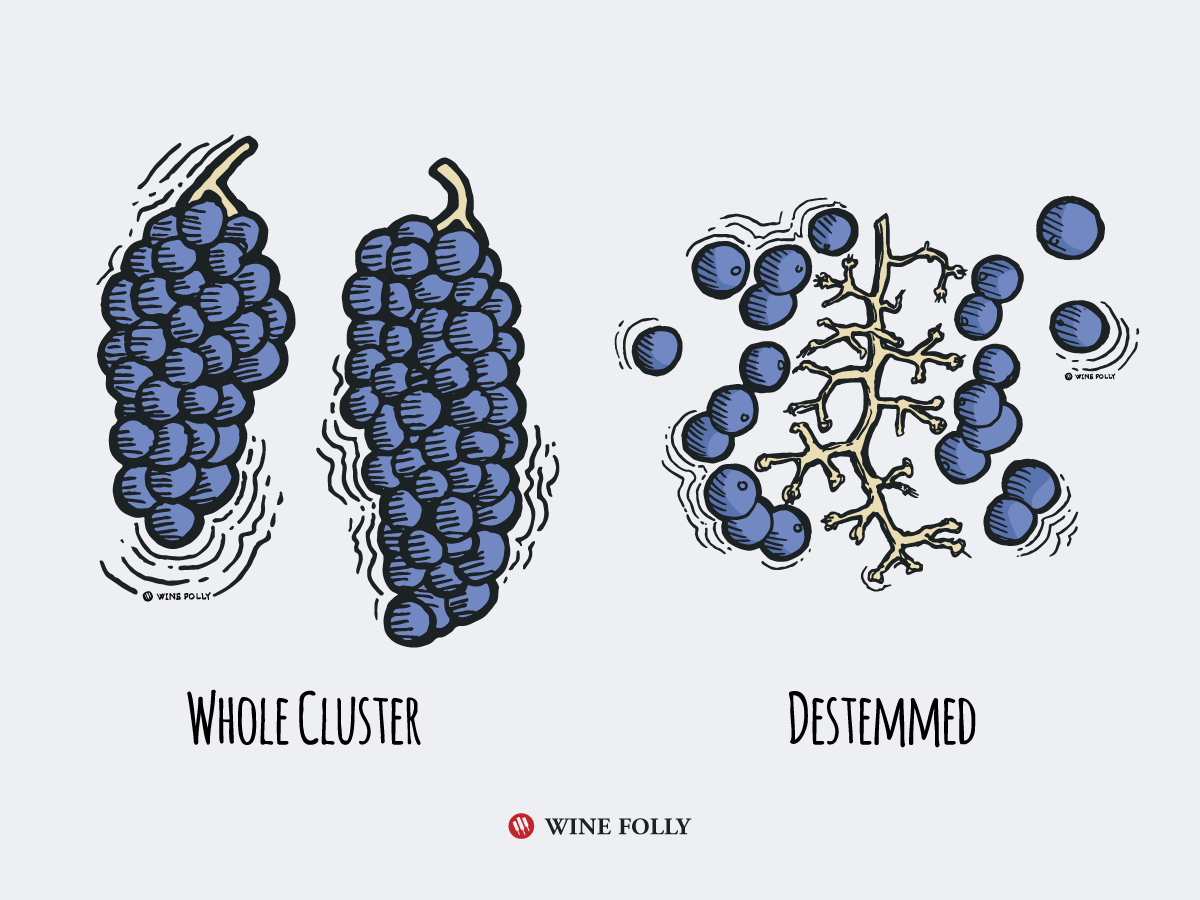
Next, we crush the fruit, although again, some winemakers who prefer carbonic maceration allow fermentation to begin prior to crushing. It is at the time of crush that the process changes for whites and reds. During the white wine processing, the fruit is quickly separated from the solids. This prevents the juice from picking up tannins. However, in a red wine, the juice is left to remain in contact with the solids to deepen the color, flavors and tannins. And then fermentation begins; either through the use of commercial yeast or the yeast naturally occurring on the grapes and in the winery.
Have you been missing the weekly Exploring the Wine Glass posts? They have moved. Sign up at http://eepurl.com/be49CD to never miss a post. Subscribe to this blog in the sidebar on this page.
This is where must comes into play. The term ‘must’ is derived from the Latin term vinum mustum, meaning ‘young wine’. The combination of freshly pressed juice, seeds, stems and skins is known as must. This mixture is thick and chunky. Since the yeast have not yet gone through fermentation, it is very high in sugar. The solids themselves are known as pomace and can make up to 25% of the total weight of the must. When fermentation is completed, the juice is then pressed off the pomace, moved to the container in which they will age in, where they will remain until ready to bottle.
The remaining pomace is typically returned to the vineyard to act as natural fertilizer. But in some cases it can be used in additional winemaking processes. Süssreserve, grappa and doble pasta are three examples.
Süssreserve wine is typically found in some German wine regions. Since Germany is extremely cold and the vineyards are at high altitudes. Because the vineyards see a lower amount of sunlight the fruit is not able to fully ripen, leading to lower sugar levels. Low sugar levels equals low alcohol. In order to combat these low sugar levels and maintain the desired sweetness, German winemakers developed this special process of adding sterilized grape juice to the finished wine. Süssreserve allows winemakers to fully ferment the wine before all the original sugar is gone. By law, by law, the final wine can’t contain more than 15% Süssreserve by volume.

Grappa is an Italian spirit whose process is extremely regulated. Winemakers take the leftover pomace from both red grapes and white grapes (known as “virgin” since it still requires fermentation prior to being used. The pomace then goes through a distillation process which involves alternating heating and cooling in order to concentrate the alcohol. The clear distillate is then diluted with water and can either be bottled or transferred to other containers, typically oak or stainless steel, and allowed to mature for up to 18 months.
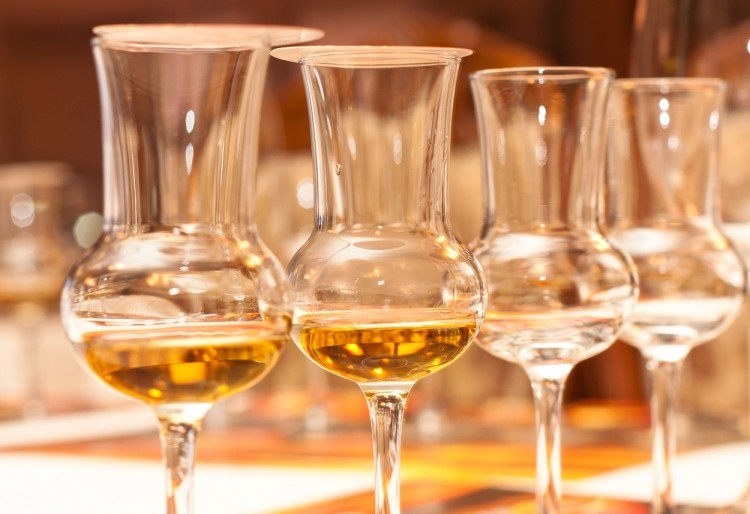
Doble pasta is a process found mostly in DO Utiel-Requena in western central Spain. The term translates to double pulp and is used to make rosado from the Bobal grape. During the winemaking process, the crushed grapes are fermented over additional skins to create an extremely dark and concentrated wine. The technique can also be found in DOs Jumilla, Yecla and Alicante using Monastrell rather than Bobal. And as a a final note, Drunken Goat cheese (one of my favorite cheeses) is made by soaking in Monastrell made in the doble pasta method. 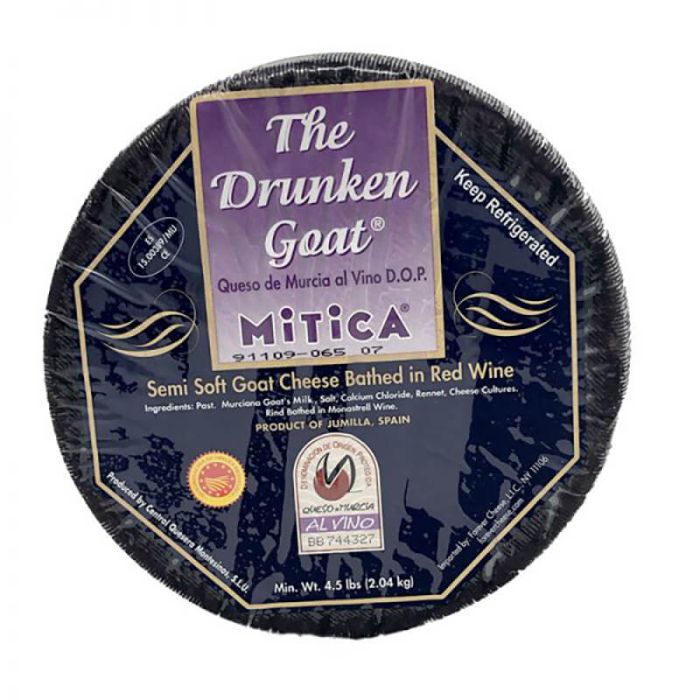
~Slàinte!
Please follow us on Instagram, Twitter, Facebook and Youtube.
We’ve stacked the odds so that you can get our award winning wines without breaking the bank. Click the image to find out all of the benefits of joining the CHALK CLUB including discounted shipping and up to 25% off all purchases. .

